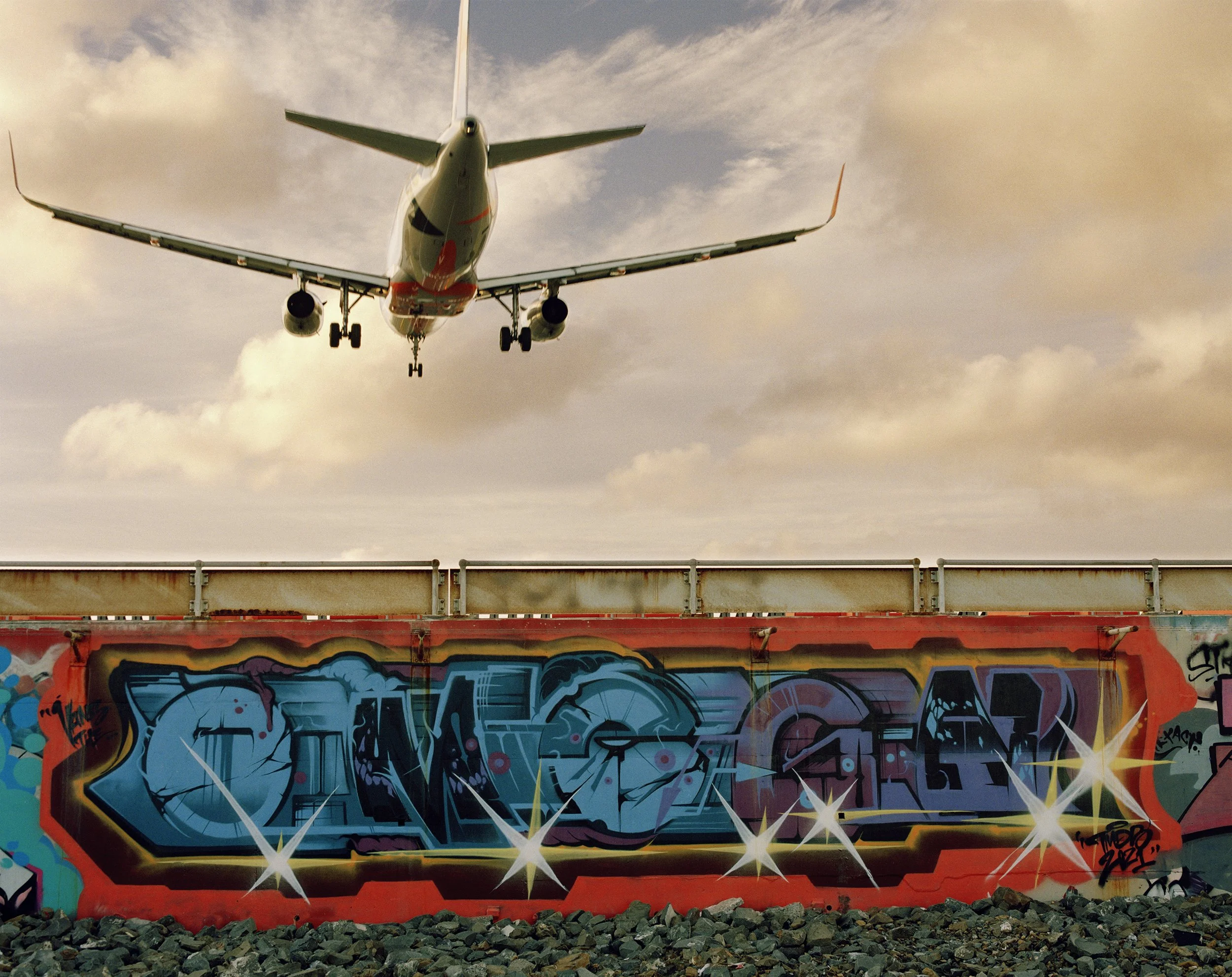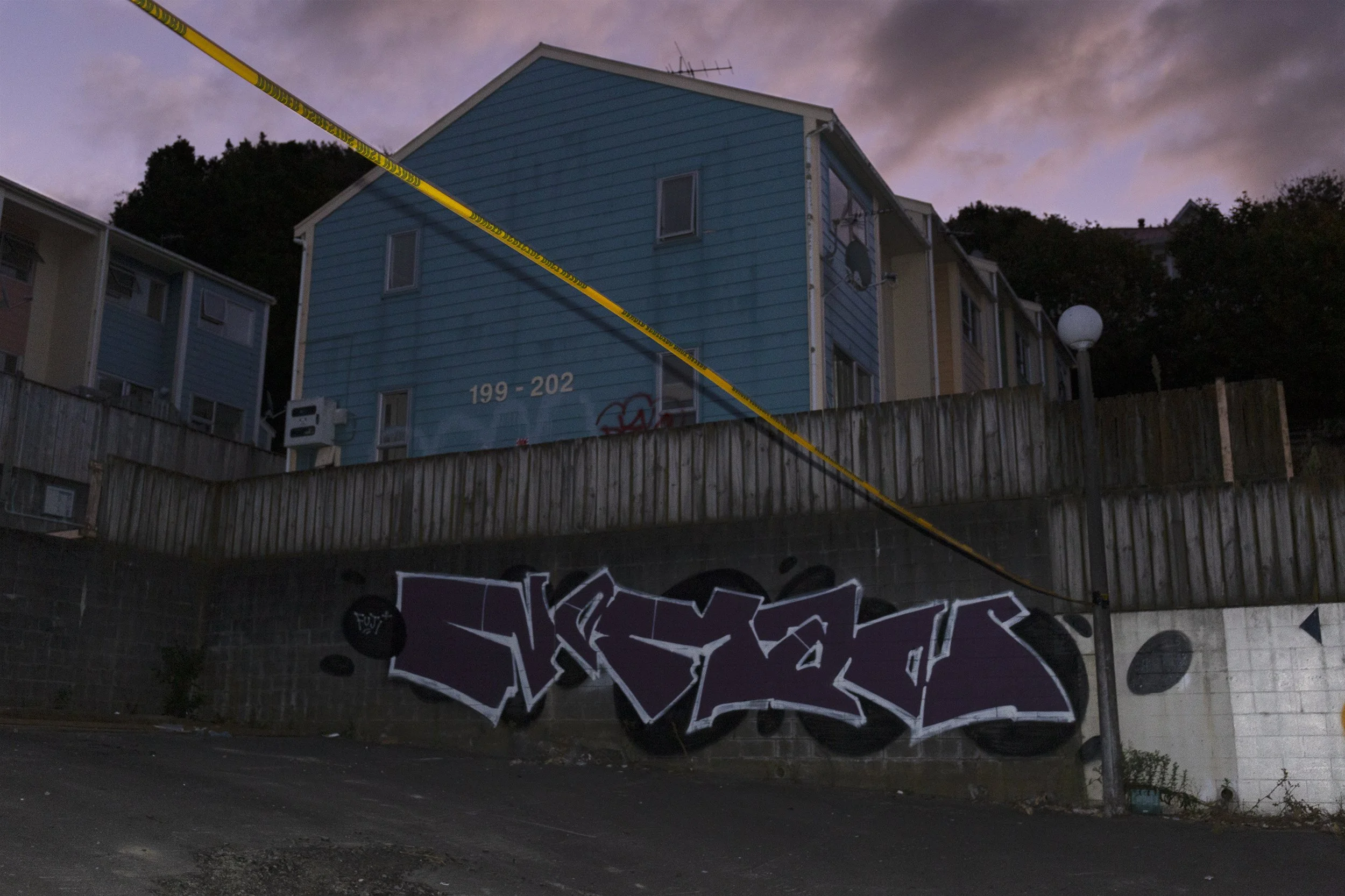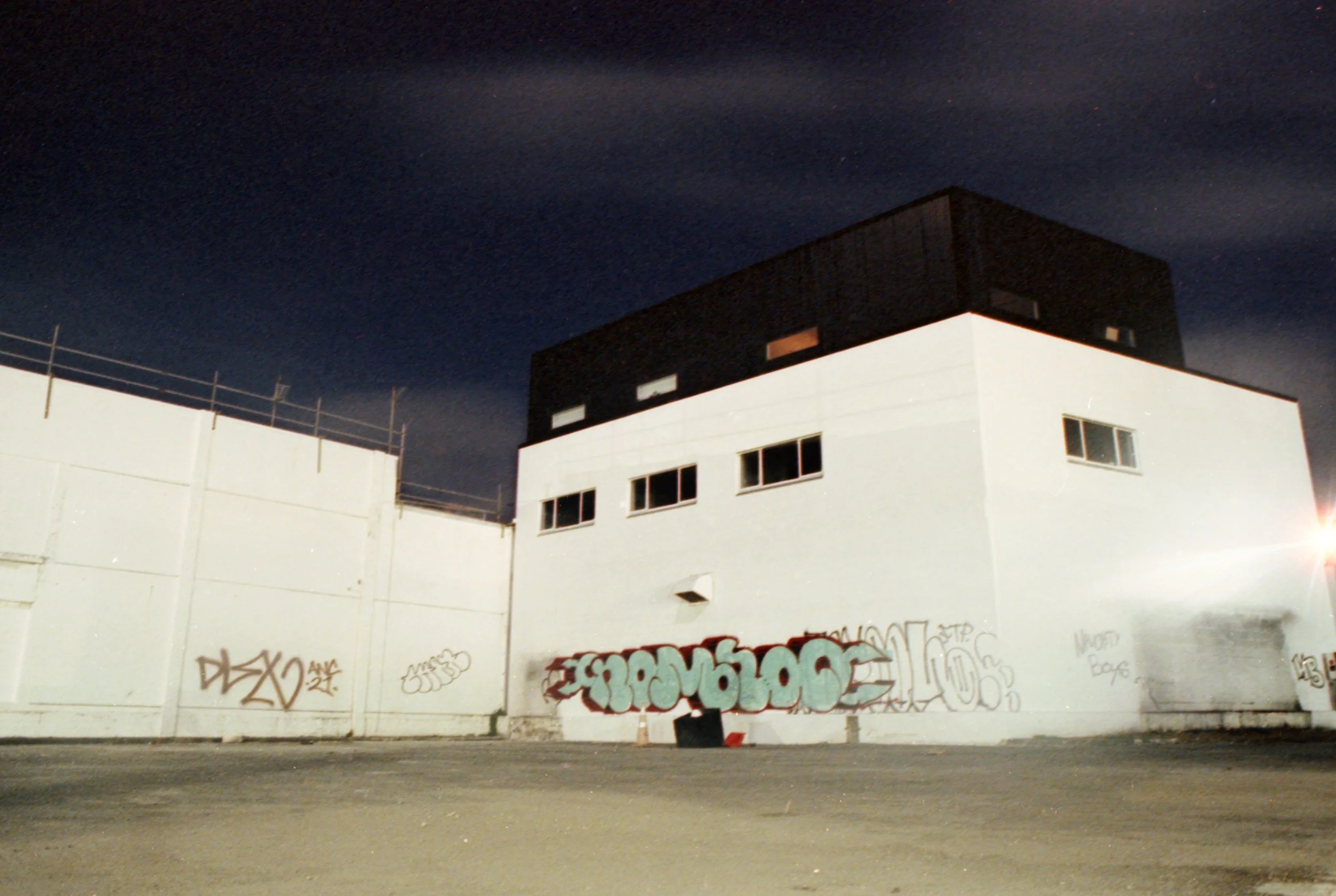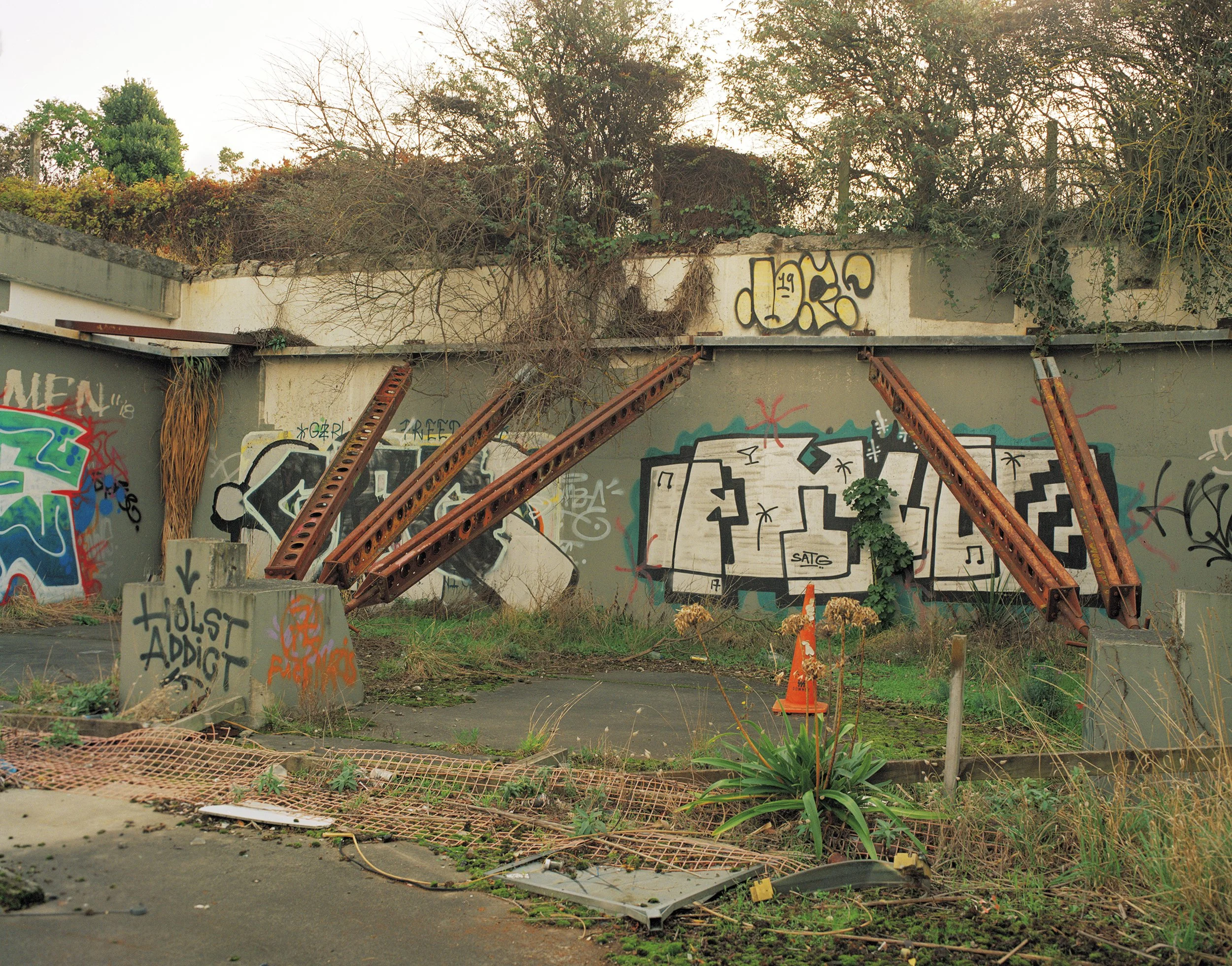The Graff Archives
2021
‘The Graff Archives’ is an up close and personal look into the ephemeral art form of graffiti. It’s an exploration of the local graffiti scene in Wellington during 2021, and contemplates the fleeting life span of graffiti, as well as the rejection of graffiti from the limelight in fine arts circles. Images of pieces from prominent and up-and-coming artists in unseen places throughout the city, as well as interviews with artists offer a close perspective into a community so often forced into the underground.
Works

Berst, on the graffiti come-up, the steady occupation of the fine art space in graffiti, and the ephemerality of graffiti.
Why do you paint? How have your motivations to create shifted over the time you’ve been involved?
“I’ve explained to many people that there have been different phases in my graffiti career. The cycle goes like this:
A) Notoriety, identity, and fame.
B) Crew love and building a reputation with the boys.
C) Burners to be the best in the game and doing it for the love of the craft.
D) Travelling and networking.
E) Documenting through photos and videos to capture the history.
F) Projects and paintings that leave behind a legacy.
These days I also paint more for myself, I care less about it getting ‘exposure’ because I get my face out there with my name. I’m equally happy to paint in an abandoned warehouse that no one would see. I’m not really looking for the adrenaline anymore as I already have enough stresses in my life to deal with so why create another one… unless… it’s a really good spot. “
Do you think that graffiti could break through further into the mainstream and exist alongside fine art? Do you think that’s something that the community would want?
“Graffiti has always been a difficult art form to bring into the mainstream because so much of it is still illegal. It may lose something if it is bought into the gallery, but I am hoping that more writers in NZ would consider this space. It’s not for everybody though. Some people purely want to be out there to bomb and get up. TMD is an example of a crew in NZ which has stepped into this gallery space and most of them are doing well as artists who are working and living full time doing that now. The community would like more graffiti writers to transition into art but as I said, it risks losing its edge if everybody just turned to the gallery and produced fine art works.”
Graffiti is a highly ephemeral art form, especially compared with that of fine art mediums with extensive preservation practices; a piece usually lasts for no longer than a few months. Is this fleeting nature of graffiti a part of how you approach creating?
“Graffiti is ephemeral and temporary. I don’t think that it HAS to be that way, but it requires a deeper conversation with writers where they are painting and how they are creating their work. It’s been this way for a long time now. A lot of writers do graffiti purely because of the photo now and I think less about it lasting. Sometimes this misses the whole point of graffiti and I also fall into this box. I’ve attempted to capture more oral history recently, and act as the historian to tell the stories of writers that are often untold.”











